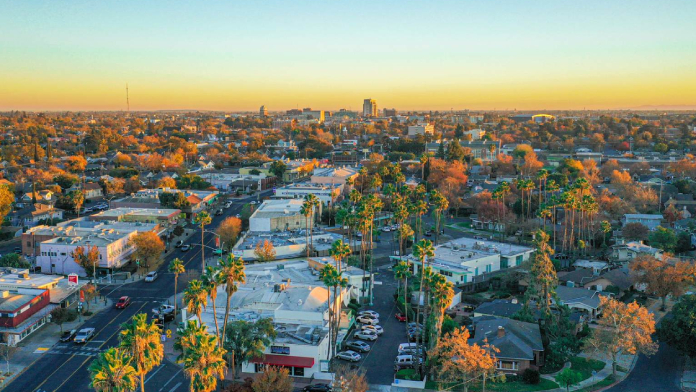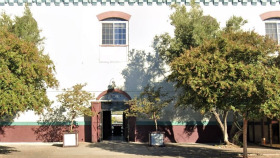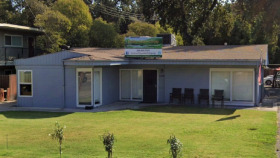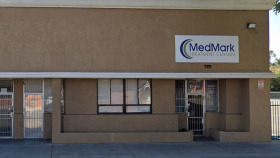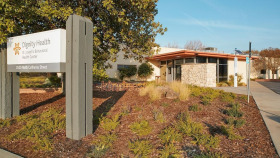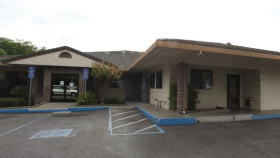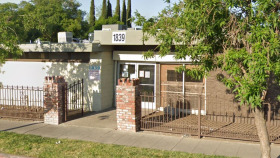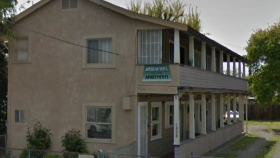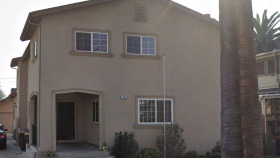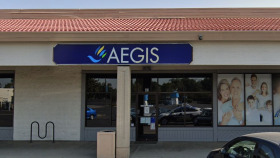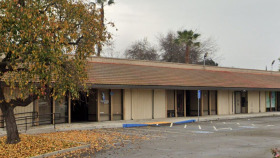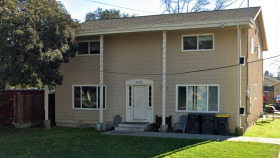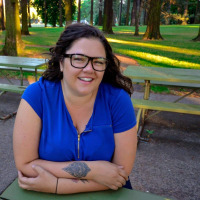Expert Insights
I was relieved to see that a new respite center has opened in downtown Stockton to treat people with substance use disorder. I think it’s a great idea because of the addiction problem we have in the area — which impacts 33 percent of people in San Joaquin County — but also because patients can self-refer. I know people who’ve tried to get into treatment and it takes weeks to find a place that takes their insurance and tough luck if you don’t have insurance! This new center is federally funded meaning it is even more accessible to residents of Stockton.
~ Olivia Pennelle
How Expensive is Drug Rehab in Stockton?
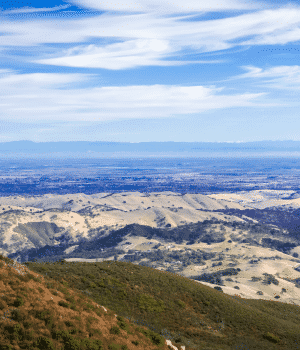 The cost of drug and alcohol rehab in Stockton will depend on the type of care you need, where you’ll stay during care, what your other costs of living will be aside from treatment, and what type of center you choose.
The cost of drug and alcohol rehab in Stockton will depend on the type of care you need, where you’ll stay during care, what your other costs of living will be aside from treatment, and what type of center you choose.
Some high-end facilities will be more expensive, as they grant access to luxury amenities like pools and day spas with a masseuse on staff and more technologically advanced methods than talk therapy. Whatever your preferences and financial status, programs with a range of treatments and settings are available in Stockton.
How Does Stockton Compare in Alcohol and Drug Use?
If you’re one of the many people struggling with addiction in Stockton, California, know that you aren’t alone and there are places to help. There are more than a dozen accredited alcohol and drug rehab centers in Stockton, several of which take Medicaid, TRICARE military insurance, or other state insurance.1 Read on to learn more about where you can go to seek treatment.
In San Joaquin County, with the disturbing recent rise in the number of fentanyl deaths, the District Attorney’s Office released a community alert in 2022 outlining the dangers of the substance and informing residents of what the drug looks like and what to do if you suspect a fentanyl overdose (i.e. call 911 and administer Narcan, if available).2
Here are some more drug use trends in the region:3
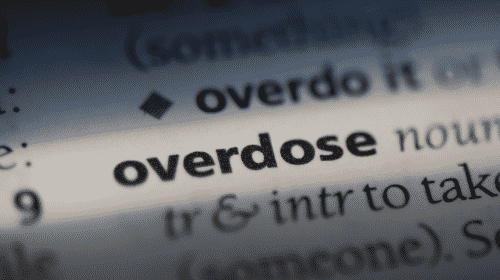
San Joaquin County has 56% more overdose deaths than the rest of the state.
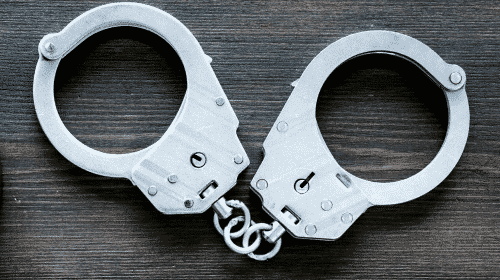
The county has a higher rate of alcohol-related arrests (1,569 per 100,000 residents) than the state average.

Nearly half of 11th graders have reportedly been high on drugs at least once.
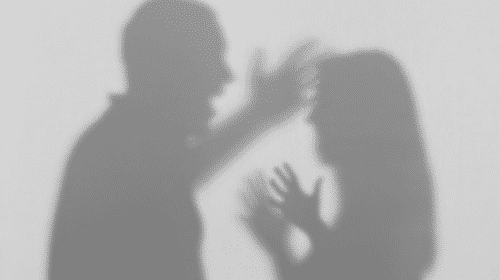
90% of people participating in domestic violence programs in the area report using substances to cope.
One of every four 11th graders admitted to driving after drinking alcohol
Alcohol and Drug Laws in California
The state of California has created laws and bills to provide access to substance abuse treatment services as well as to help prevent overdoses.
SB-855 Bill for Equality in Mental Health Care Insurance Coverage: This bill is a revision to the California Mental Health Parity Act, which prohibits substance abuse treatment centers from limiting the length of a patient’s stay due to the type of insurance they use to cover the cost of care.12 The bill also includes requirements for insurance companies to pay for basic health care services and medications as they are deemed medically necessary.
California Good Samaritan Suspected Overdose Bill: Designed to encourage people to call for emergency services if they experience or witness an overdose, AB-472 grants a level of immunity from prosecution for someone who calls law enforcement to the scene if they are in possession of illegal substances or paraphernalia.13
Resources
- Substance Abuse and Mental Health Services Administration. (2022). Behavioral Treatment Locator.
- San Joaquin County. (2022). Community Alert: Fentanyl Use on the Rise in San Joaquin County.
- San Joaquin County. (2016). San Joaquin County 2016 Community Health Needs Assessment.
- C. Berkeley Labor Center. (2022). Undocumented Californians Projected to Remain the Largest Group of Uninsured in the State in 2022.
- National Institute of Health. McCarty D, Braude L, Lyman DR, et al. (2015). Substance Abuse Intensive Outpatient Programs: Assessing the Evidence.
- National Library of Medicine. Tirado Muñoz J, Farré A, Mestre-Pintó J, Szerman N, Torrens M. (2018). Dual Diagnosis in Depression: Treatment Recommendations.
- Substance Abuse and Mental Health Services Administration. (September 2020). Results from the 2019 National Survey on Drug Use and Health.
- U.S. Department of Veterans Affairs. (2022). How Common Is PTSD in Adults?
- National Library of Medicine. Blanco, Laura et al. (2020, August 6). Traumatic Events in Dual Disorders: Prevalence and Clinical Characteristics.
- National Library of Medicine, Arias F, Szerman N, Vega P, Mesías B, Basurte I, Rentero D. (2017). Bipolar Disorder and Substance Use Disorders. Madrid Study on the Prevalence of Dual Disorders/Pathology.
- Parmar, A., & Kaloiya, G. (2018). Comorbidity of Personality Disorder among Substance Use Disorder Patients: A Narrative Review.
- California Legislative Information. (2020, September 29). SB-855 Health Coverage: Mental Health or Substance Use Disorders.
- California Legislative Information. (2012). Controlled Substances: Overdose Punishment.

